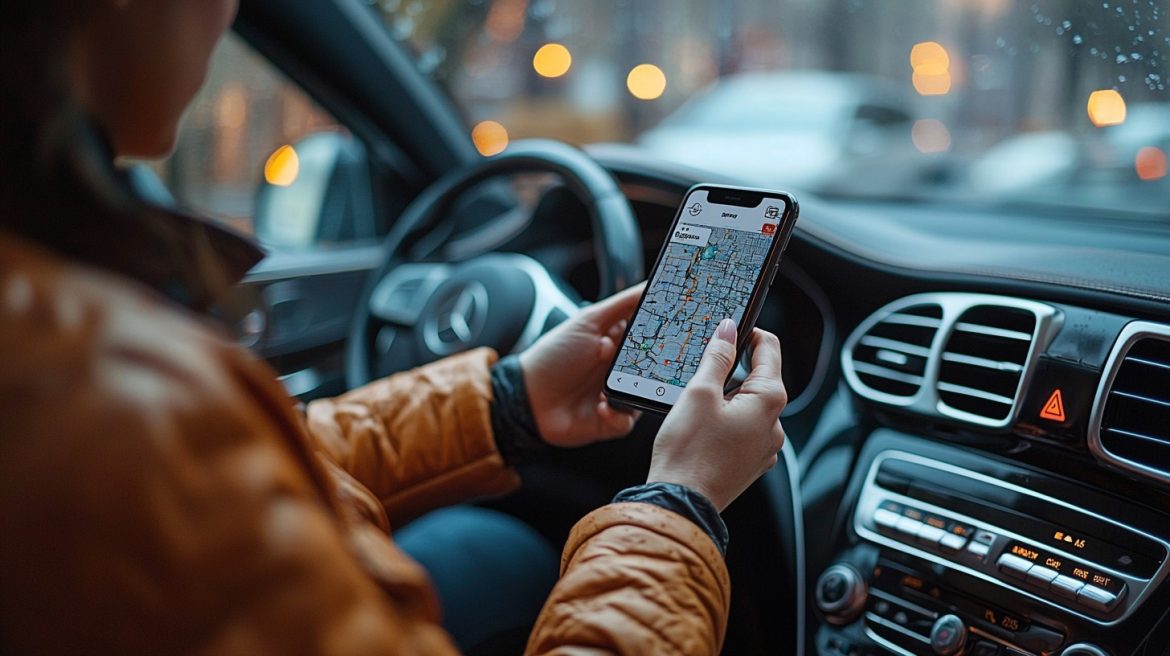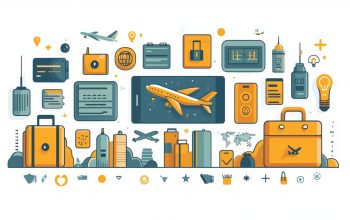It’s Monday morning, and you’re ready to kick off your road trip. But as soon as you hit the road, your excitement dwindles. Traffic jams, glowing red brake lights, and endless construction zones bring your journey to a crawl. Minutes feel like hours, and frustration mounts as your carefully planned schedule slips away.
Sure, enduring a traffic jam might feel a bit more tolerable in one of these top-rated SUVs https://fintechzoom.com/lifestyle/cars/best-suv/best-family-suvs/, but what if you’re not in one? What if there was a way to turn this stressful drive into a seamless, enjoyable journey? Enter traffic apps — your ultimate tool to dodge congestion and transform your trip into a hassle-free adventure.
The 4 best traffic apps to navigate congestion
Tired of wasting time in traffic? These top apps can help you avoid jams and ensure efficient navigation.
1. Google Maps
Google Maps is the go-to navigation tool for over 10 billion users worldwide. With its constant updates and intuitive design, it remains a pioneer in mapping solutions.
Key features:
- Real-time traffic updates: Google Maps uses data from users to identify congested areas and road closures.
- Flexible route options: It offers multiple routes with accurate ETAs and highlights the most fuel-efficient path, marked with a green leaf.
- Dynamic rerouting: Deviating from your path? Google Maps will quickly redirect you to the fastest alternative.
Pros:
- Free and user-friendly.
- Seamless integration with other Google services and delivery management tools.
Cons:
- Limited multi-stop routing (up to 10 stops only).
- Inaccurate rural navigation in some cases.
- Lacks advanced route optimization features.
2. Waze
Waze stands out for its community-driven updates, where users report road conditions like congestion, accidents, or closures. This real-time collaboration helps you plan smarter routes.
Key features:
- Community alerts: Get updates on police presence, construction, or traffic jams from other users.
- Voice-activated reporting: Report incidents like potholes or accidents by simply speaking to the app.
- Speed camera alerts: Receive warnings about speed cameras and other monitoring systems.

Pros:
- Real-time traffic insights to save time and fuel.
- Voice-guided navigation for hands-free use.
- Fun, customizable icons for user engagement.
Cons:
- No offline navigation, limiting usability in poor signal areas.
- Crowded interface can be distracting.
3. Inrix
Inrix uses AI to deliver highly accurate traffic data, designed to help drivers reach their destination faster while prioritizing safety.
Key features:
- Precise ETAs: Inrix calculates ETAs based on current traffic conditions and road layouts.
- Lane-by-lane speed analysis: See how fast traffic is moving in specific lanes before making your choice.
- Map compatibility: Inrix integrates seamlessly with most map systems and devices.
Pros:
- Comprehensive real-time traffic data for all kinds of roads.
- Predictive traffic data based on historical trends.
- Reliable coverage beyond busy streets.
Cons:
- Occasional inaccuracies in crowdsourced data.
- Some premium features require payment.
4. Apple maps
Apple Maps is the ideal navigation app for iOS users, boasting strong privacy measures and frequent updates to improve accuracy.
Key features:
- 3D city views: Explore detailed visuals of buildings, crosswalks, and neighborhoods in major cities.
- Driving directions: Includes speed limits, lane guidance, and speed camera alerts.
- Apple ecosystem integration: Sync Apple Maps across all your devices and integrate it with Siri, Spotlight, and CarPlay for hands-free navigation.
Pros:
- High user privacy with minimal data collection.
- Compatibility across iOS devices.
- Offers cycling and driving directions for diverse needs.
Cons:
- Requires zooming in to see finer details like smaller streets or businesses.
- Limited traffic data compared to Google Maps.
Conclusion
Traffic congestion doesn’t have to derail your day. By leveraging cutting-edge navigation apps like Google Maps, Waze, Inrix, or Apple Maps, you can bypass delays, save time, and reduce stress. Whether you’re commuting to work, running errands, or delivering orders, these tools provide smarter, smoother ways to navigate the road ahead.




